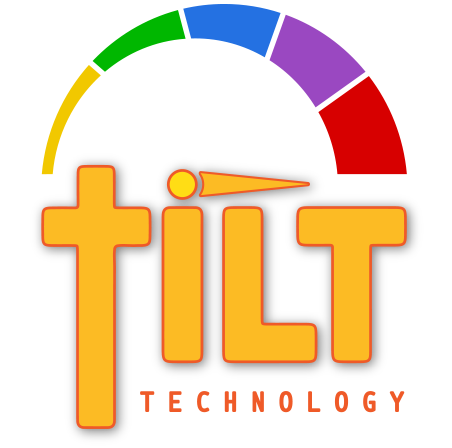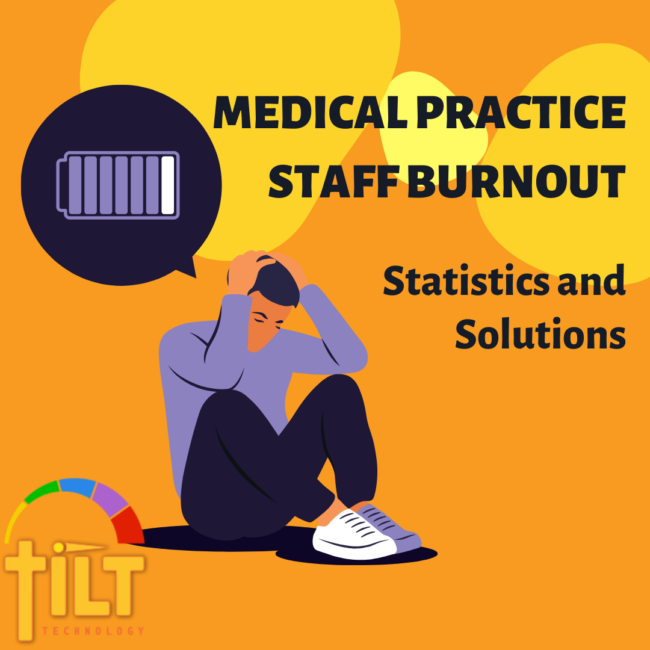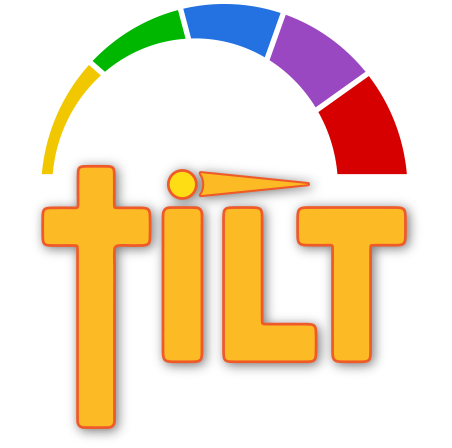Provider burnout has long been acknowledged as a significant issue within the healthcare industry, but what about the burnout experienced by medical staff beyond doctors and nurses? From administrative assistants to billing specialists, the toll of burnout extends beyond clinical roles, impacting various personnel crucial to the smooth functioning of healthcare settings.
Statistics
According to a 2018 American Medical Association (AMA) survey, approximately 31% of healthcare administrative staff reported experiencing high levels of burnout. Also, a 2020 survey by the Medical Group Management Association (MGMA) found that medical practice administrators and office managers reported decreased job satisfaction levels, a trend made worse by the challenges of the COVID-19 pandemic.
The impact of burnout isn’t just psychological. High turnover rates among medical office staff are often linked to burnout. The same MGMA survey revealed that medical practices experienced elevated turnover rates for non-clinical staff compared to previous years, indicating the severity of the issue.
Identifying Contributing Factors
Several factors contribute to burnout among medical staff. These include:
- High Workload: Heavy workloads can lead to exhaustion and feeling overwhelmed.
- Emotional Labor: Dealing with patients, families, and colleagues can involve significant emotional labor, leading to emotional exhaustion.
- Lack of Control: Feeling powerless or lacking control over one’s work environment can contribute to burnout.
- Ineffective Technology: Outdated or inefficient technology can increase frustration and impede productivity.
- Poor Work-Life Balance: Balancing work commitments with personal life can lead to chronic stress and burnout.
Solutions for Reducing Burnout
Addressing burnout among medical staff requires a multifaceted approach. Here are some strategies:
- Self-Care: Encourage staff to prioritize self-care practices such as exercise, mindfulness, and hobbies to recharge and reduce stress levels.
- Setting Boundaries: Establish clear boundaries between work and personal life to prevent overwork and burnout.
- Taking Breaks: Encourage regular breaks during work hours to rest and recharge, fostering productivity and well-being.
- Connecting with Colleagues: Building a supportive work environment where staff can connect and share experiences can help alleviate feelings of isolation and burnout.
- Professional Development: Invest in ongoing training and development opportunities to empower staff and enhance their skills, promoting job satisfaction and fulfillment.
Conclusion
Recognizing and addressing burnout among medical staff is crucial for maintaining a healthy and productive healthcare workforce. By implementing strategies to mitigate burnout and fostering a supportive work environment, healthcare organizations can enhance staff well-being, improve retention rates, and ultimately deliver better patient care. It’s imperative that the conversation around burnout expands beyond providers to encompass all those who contribute to the functioning of healthcare facilities, ensuring a comprehensive approach to addressing this pervasive issue.
TILT Technology has the tools to help you increase efficiency in your practice, which helps reduce burnout among both staff and providers. Contact us to learn how we can help.











